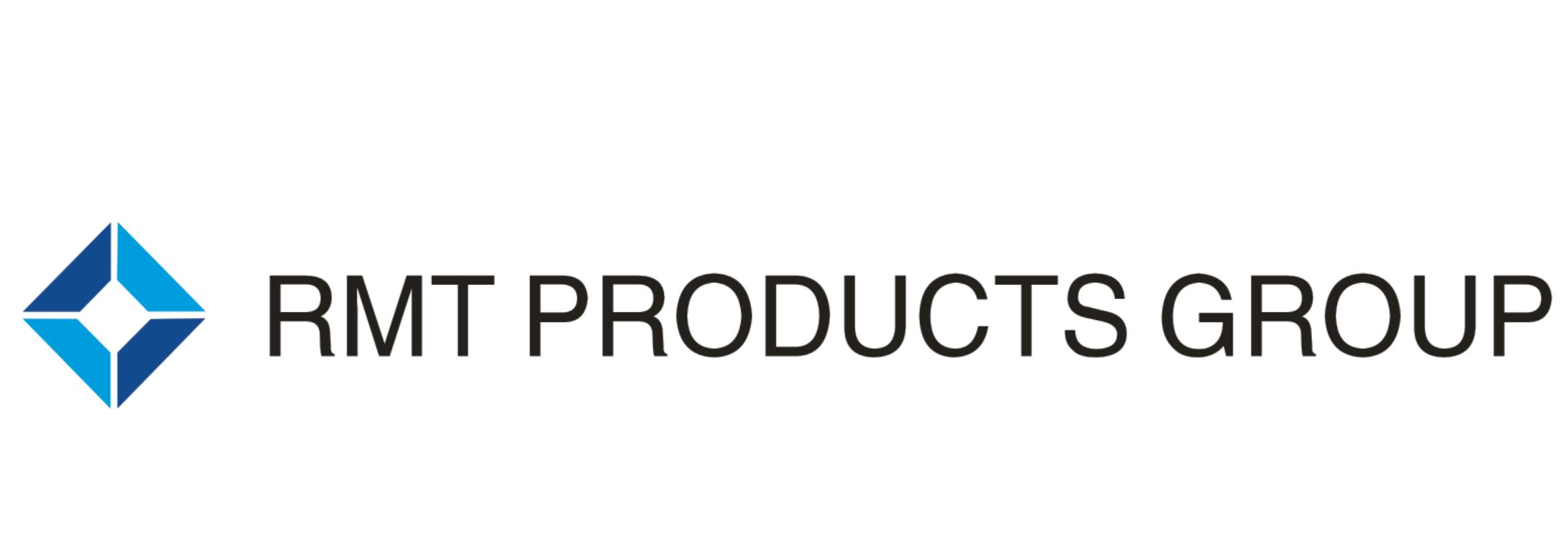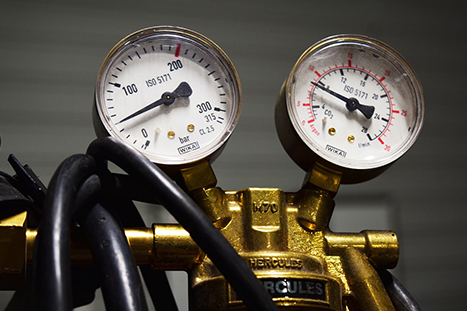How to smooth 3d print lines is a question you may be asking yourself. After all, you want your 3D model to look great, and you don’t want any rough edges to ruin your model. In this article, we will take a look at some of the methods for smoothing out your 3D model. These methods include Sanding, Heat gun, and Paint. Read on to learn more. This article is a great place to start!
Resin coats
Resin coats are a great way to smooth 3D print lines and layers. They fill in layers and add a glossy finish. These finishes can be sanded or painted. Using an epoxy resin, such as XTC-3D, is important when using 3D printers. Make sure to wear protective eyewear and work in a well-ventilated area. If you do not have access to a 3D printer, you can purchase a two-part epoxy resin from hardware and craft stores.
Epoxy resin is a versatile coating material for 3D prints. It is safe, efficient, and can last for years without harming the model. It works on most 3D objects and is compatible with both SLS and SLA prints. Epoxy resin can be applied to rigid media such as EPS, EPDM, urethane foam, cardboard, wood, and plaster. It will smooth out any lines and grooves in your prints and will help your print stand out from the crowd.
Sanding
After you have finished printing your 3D model, you’ll need to start sanding the lines. If your piece is very detailed, you can use a coarser grit to smooth out the lines. To prevent over-sanding and damage to the print, work in slow circular motions. You should also make sure to use a respirator. You may end up with some dust, but this is normal.
After sanding your 3D print, you might find gaps in it. These are typically caused by the dissolving of soluble supports or by toolpath constraints. If they’re small, you can fill them with epoxy. This will probably not need additional processing. However, if they’re large, you may want to use an autobody filler. This will require additional sanding after the filler has fully cured, but it’s a good filler and can be painted once it’s dry.
Heat gun
There are many ways to smooth 3D print lines, but the heat gun is one of the most effective. First, remove any supports or bridges from your print. You may already know how to do this, but if not, you can follow these instructions. The heat gun will melt PLA at 140 degrees Fahrenheit, so be sure to keep your hands cool. Once you’ve cooled down the piece, smooth out any remaining lines.
To use the heat gun to smooth 3d print lines, you’ll need to carefully move the heat gun along the print. This will remove any ridges. It is best to use a low-setting heat gun, but it may be too hot and destroy your 3D print. Make sure to pre-sand the PLA print before using the heat gun. This will expose more of the plastic, making the final effect more impressive. Using a heat gun to smooth 3D print lines will take some practice, but it’s worth it!
Paint
Using a liquid metal polish to smooth 3D print lines is a great way to enhance the quality of your 3D prints. Simply apply the polish to the print surface with a soft cloth and rub in a circular motion, against the grain. This will smooth out the lines, filling in the microstriations. You can then use a clean, unused cloth to buff the surface. You can find liquid metal polish at Amazon.
Before you apply the paint, you must first apply a primer coat to your 3D print. Different brands of primers will recommend different methods, including spraying the underside of the print. Always apply a primer coat to the 3D printed part before you start painting it. This step will ensure that the paint adheres to the print. If you plan to paint your 3D print afterward, you should follow the manufacturer’s recommendations.
Primer
Using a primer to cover your 3D print is an excellent way to ensure the paint sticks properly to your model. Unlike paint, a primer can also make your 3D print look better. 3D printing is notorious for having layer lines. However, you can fix this problem by sanding off the print, applying an epoxy resin coating, or melting the surface with a chemical solvent. If you choose to use a primer, make sure to choose a quality spray-on filler.
A good primer should be applied in short, even strokes about six to eight inches away from the part. You want to make sure that the primer doesn’t pool or create a ‘bumps and bumps’ effect on your 3D print. Using a tack cloth can help remove any primer dust. It is also helpful to use a rag to wipe off any excess primer on the print.

 EN
EN
 AR
AR
 BG
BG
 HR
HR
 CS
CS
 DA
DA
 NL
NL
 FI
FI
 FR
FR
 DE
DE
 EL
EL
 IT
IT
 JA
JA
 KO
KO
 NO
NO
 PL
PL
 PT
PT
 RO
RO
 RU
RU
 ES
ES
 SV
SV
 IW
IW
 LV
LV
 SR
SR
 SK
SK
 UK
UK
 GL
GL
 HU
HU
 TH
TH
 TR
TR
 FA
FA
 GA
GA
 CY
CY
 EU
EU
 BN
BN
 BS
BS
 LA
LA
 NE
NE
 SO
SO
 KK
KK

